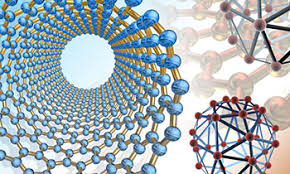Mechanical and Materials Engineering, Department of

Department of Mechanical and Materials Engineering: Faculty Publications
ORCID IDs
Document Type
Article
Date of this Version
2020
Citation
Appl. Sci. 2020, 10, 1559
Abstract
Purpose: To develop and test an innovative semi-automatic method for quantifying the three-dimensional morphology of the peripapillary retinal pigment epithelium-basement membrane (ppRPE/BM) layer, with application to lumbar puncture (LP) patients. Methods: Nineteen patients undergoing LP were recruited. The optic nerve head images of both eyes were acquired in 12 radial directions using optical coherence tomography (OCT) before and after LP. For each OCT image, the ppRPE/BM layer was automatically segmented with manual corrections by independent graders when necessary. The linear regression model of the ppRPE/BM layer was fitted using the least squares approach, and the ppRPE/BM layer angle was measured as the slope of the linear regression line. The Bland–Altman plots and intraclass correlations (ICC) were used to assess the inter-observer reliabilities in measuring the ppRPE/BM layer angle. The repeated measures ANOVA analysis was applied to determine whether the ppRPE/BM layer angle changes following LP varied across the radial directions. Results: The percentages of scans that required manual corrections were 24% and 32% in the right eyes and left eyes, respectively. The Bland–Altman plots and ICC demonstrated excellent inter-observer reliability. The ppRPE/BM layer angle varied significantly across the 12 radial OCT scanning directions both before and after LP. However, the LP-induced changes in the ppRPE/BM layer angle across different radial directions were not statistically significant (p-value > 0.01). Conclusions: The three-dimensional quantifications of the ppRPE/BM layer angles, enabled by the semi-automatic method, provided enhanced information of the optic nerve head structure. For LP patients, the ppRPE/BM layer angle changes following the LP did not vary significantly across various radial directions, indicating that it could be evaluated in any radial direction.
Included in
Mechanics of Materials Commons, Nanoscience and Nanotechnology Commons, Other Engineering Science and Materials Commons, Other Mechanical Engineering Commons


Comments
© 2020 by the authors. Open access
doi:10.3390/app10051559